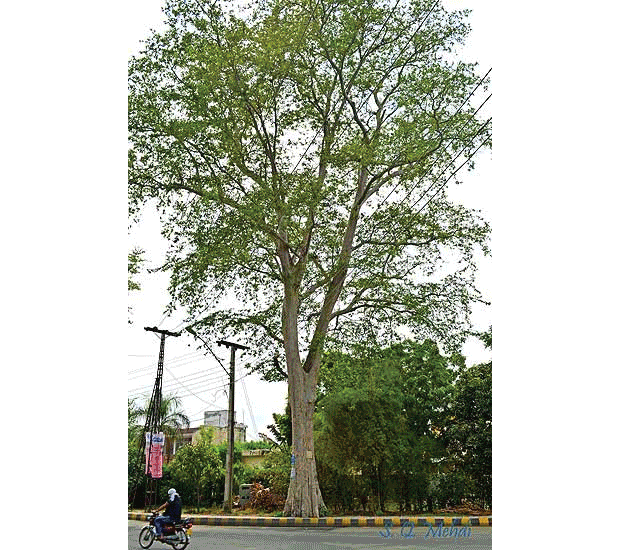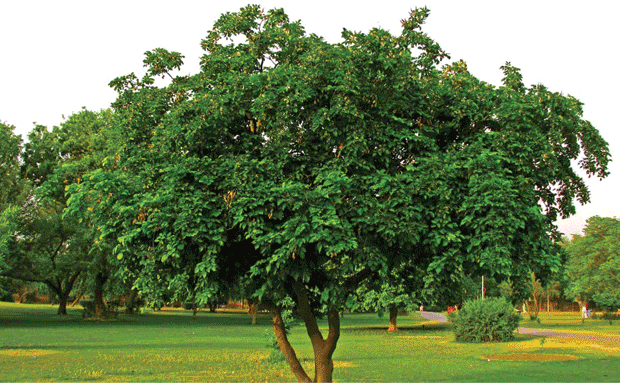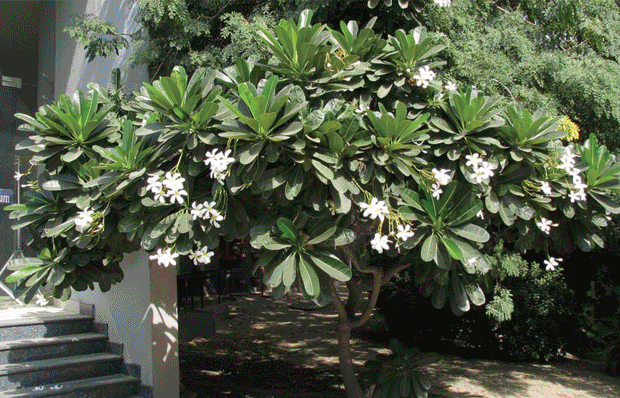Heart muscle weakness can be caused by many things. Most heart diseases, if left unattended, will eventually lead to heart muscle weakness. The result is the heart can not pump enough blood, causing heart failure in the end.
In the past, when treating heart muscle weakness, doctors would focus on strengthening the heart muscles using medications. There was an idea to use muscles from other parts to help, but it didn't work in practice. At present, stem cell technique is used so that the cells grow into healthier heart muscles, but more studies are needed to confirm whether this is really good. |
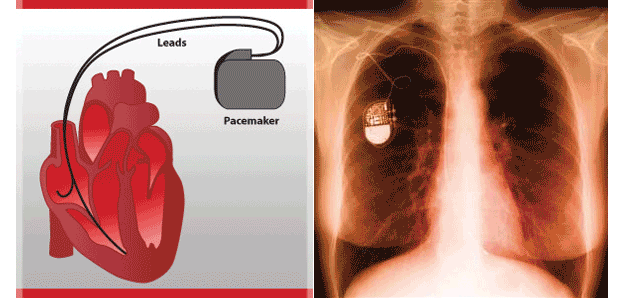 |
Recently, it was noticed that weak heart muscles not only work less but also do not work in synchrony. This is because of the irregular electricity travelling within the heart muscle. When the heart beats (or contracts), blood is pumped to every organ in the body, but due to this condition, blood does not go far because the main heart chamber does not contract in sync. It's like two persons rowing a boat at a different pace and direction _ not only does the boat go slowly, but the rowers also become more tired. So an idea was proposed _ if the heart could work in sync, it would work more effectively in pumping blood. In the past, we had a permanent pacemaker for patients whose heart beat very slowly. It is an electronic device implanted under the skin and linked to the heart to make sure the electricity is in check and the heart does not beat too slow. |
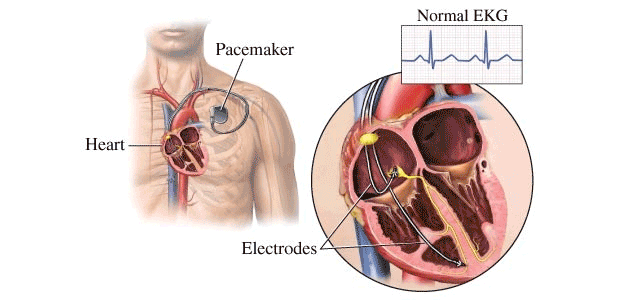 |
Today's technology and doctors have resulted in an even better version of pacemaker, which could be linked to various parts of the heart to adjust electricity, making the heart chambers work rhythmically and naturally in synchrony.
Heart failure and heart muscle weakness could lead to pulmonary edema, shock, or even a sudden stop of the heart. In that case, intervention in form of defibrillation, using direct electric current to reset the heart rhythm, is required to bring the person back to life as soon as possible. If left for too long, the chance is very slim. We are talking life-changing minutes or seconds here. A defibrillator and pacemaker are put together in one device for patients with weak heart muscles. A patient of mine was about 50 years old and he came to see me because he had heart failure. He felt tired easily, although in the past he could exercise on a bicycle for an hour everyday. When he came to see me, he could barely walk 10 metres without pausing for breath. Sometimes, he couldn't lie on his back and some nights he had to sleep sitting upright. He had had the symptoms for a few years. |
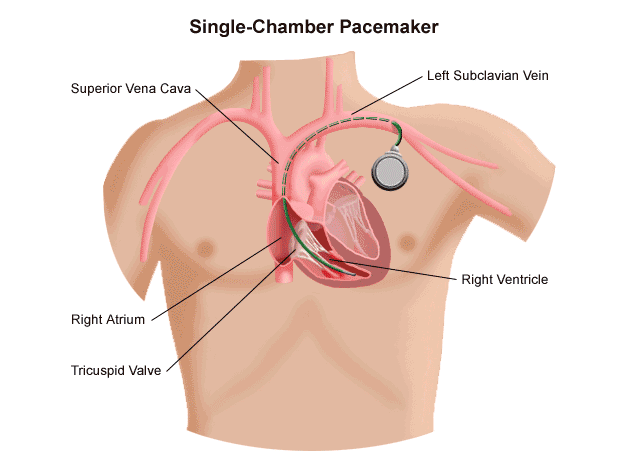 |
I found no problem of narrowed coronary arteries at his heart, so I assumed that it could be some virus infection he had in the past that caused heart muscle weakness. I prescribed some medicines, but he didn't feel much better. I referred him to have the newer generation of pacemaker or so-called CRTD device to help his heart work better. Soon after, his condition improved and he felt much stronger.
The good thing about this device is that it also records the heart's activities when the person is not in hospital. I found that his heart had ventricular fibrillation (cardiac arrhythmia) twice, and without the defibrillator, he might not have survived. Ventricular fibrillation could be fatal and almost hundred per cent of the time it will not correct by itself. When I told him about the two incidences, he was over the moon, knowing that he had been lucky. He commented, "This device is really worth the money! It has saved my life twice!" Well, it's only 300,000-400,000 baht, compared to your life. The longer you have it, the more value for money you get. Without this device, you probably wouldn't have made it to the doctor. Technology today can save many lives, but it is only temporary. Nobody lives forever, and death is inevitable. The important thing is not to delay death, but to make sure your living moments are happy. |
Wednesday, 22 August 2012
Making peace with a pacemaker
London, as you have never seen it before
When most people get lost in a big city they find a map, or, even easier, ask for directions. But not David Ryan Robinson.
For the graphic designer, 23, decided he would spend six months sketching his own map when he lost his bearings in the big smoke. |
 |
He has spent hundreds of hours over six months drawing his own map of London, complete with quirky sketches of the capital's biggest landmarks, including the Olympic Park. His hand-drawn map features central and inner city London with quirky annotations that don't appear on traditional maps. The Cartoon Network designer said: 'I had just moved to London when I started the map, everything was very new and exciting. We had the Olympics coming up and London was 'the place to be' so I decided to challenge myself and draw a map of the capital.' |
 |
David, who graduated from the University of Salford last year with a degree in Illustration, printed tube maps and used his light-box to make sure his map was in proportion. Extracts show the Olympic Stadium, velodrome and Orbit Tower inside the Olympic Park, as well as Buckingham Palace decorated with a crown. |
 |
It also shows the O2 arena in North Greenwich has a sign saying: 'RIP Millennium Dome' and Shepherd's Bush is annotated with a shepherd. One of his most detailed parts of the map is London Zoo - which includes animals in the zoo and crowds of tourists. |
 |
He wrote on his blog: 'Tonight, on Sunday 25th March 2012, I finally finished my map of London. It has taken me about 5 months to complete, but it’s done. I feel like some sort of illustration god right now. I now need to sleep, tomorrow will be the day of scanning and colouring!' |
Sunday, 12 August 2012
Saturday, 4 August 2012
The Benefits of Apples
| The Benefits of Apples |
| (Source: leonoredvorkin) |
Apples are famously good for us. How often have you heard that "an apple a day keeps the doctor away"? Apples are delightfully crisp and juicy. Many varieties are available year-round. Unlike grapes or ripe bananas, apples stay firm in a backpack or purse, requiring no special protection. An apple makes an ideal after-school snack, requiring no preparation other than a quick wash. Baked into pies or cobblers, apples rank high among comfort foods.
In short, it's hard to find anything negative to say about this justly popular fruit. What may surprise you, as it did me when I was doing the research for this article, is just how many benefits apples offer. The range is truly impressive. |
 |
The nutritional standouts in apples are fiber, flavonoids, and fructose. One apple provides up to 5 grams of fiber, more than many cereals. This can help prevent heart disease and constipation. Apples contain virtually no fat. They can help lower harmful LDL cholesterol and raise beneficial HDL cholesterol. Lauren Mathews, my Denver acupuncturist (www.FrontRangeAcupuncture.com), says she has seen patients' cholesterol levels "plummet" after they added a daily apple and a fish-oil capsule to their diets. Fujis and Red Delicious apples have the most effect on cholesterol. Extensive research has confirmed that flavonoids, a class of antioxidant that is abundant in apples, help prevent heart disease and stroke. The richest sources of flavonoids are apples, tea, onions, and broccoli. To get the most of a flavonoid called quercetin, which can boost memory, be sure to eat the skin of the apple. A flavonoid called phloridzin, which is found only in apples, may help prevent bone loss associated with menopause. Antioxidant compounds in apple skin called phenols provide UV-B protection, making your skin more resistant to damage from the sun. Braeburn, Fuji, and Red Delicious apples are all high in phenols. |
 |
The fructose in apples gives them their sweetness. Fructose is a simple sugar, but it's broken down slowly. Combined with all the fiber in apples, this helps keep blood sugar levels stable.
Dozens of studies in many countries have shown that apples can reduce the risk of developing asthma, several types of cancer, type 2 diabetes, and heart disease. They can also increase weight loss and lung function. The tannins in apple juice may help prevent urinary tract infections and gum disease. The common and popular Red Delicious apple may be one of the healthiest foods on earth. It contains more antioxidants than seven other apple varieties. Jonagolds and Golden Delicious apples contain the most quercetin, the memory booster mentioned above. Granny Smith and Red Delicious apples are particularly good for the skin, fortifying both collagen and elastin. (My husband eats a Granny Smith apple every day. David is 63, but has very youthful-looking skin. Now we know one of the reasons why!) |
 |
There is nothing wrong with sticking with one or two favorite types of apples, as they are all good for you. But why not experiment, so as to get the full range of possible benefits? For just a few dollars, you can take home samples of half a dozen different varieties. And those are only a few of the 7,000 varieties of apples on the world market today. Be sure to try apples of all colors: red, green, and yellow. You will discover a remarkable range of flavors, texture, and sweetness.
Some cautions to observe: Apple juice has only about 10% of the phytonutrient content of fresh apples, and is higher in sugar. "Cloudy" apple juice is more nutritious than the clear variety. In order to avoid the pesticides that may be in apple skin, buy organic apples if possible. If this is not possible, be sure to wash and rinse the apples thoroughly. To get the most nutrition and fiber from your apples, be sure to eat the skin. Waxes are often applied to apples to protect them during shipping and storage. Carnauba wax, beeswax, and shellac (from the lac insect) are preferable to petroleum-based waxes, which contain solvent residues. If your apples are waxed, wash them thoroughly in warm soapy water, then rinse well before eating. Using and storing apples: Of course you can eat apples raw. Many people like apple slices with a little peanut butter on them. Add diced apples to fruit salads and green salads. Sliced apples and cheese are a European favorite for dessert. You can also cook apples, and not just in desserts. Gravenstein, Pippin, and Granny Smith apples retain their texture the best during cooking. Try braising a chopped apple with red cabbage. To prevent apple slices from browning, simply put them into a bowl of cold water with a spoonful of lemon juice added. To use apple slices in future recipes, freeze them in plastic bags or containers. Whole apples retain a large percentage of their nutritional value for many months if they are stored in the refrigerator. Try to eat at least three or four apples per week. Some of the healthiest people I know eat one or two apples every day. |
Thursday, 2 August 2012
Subscribe to:
Comments (Atom)














































